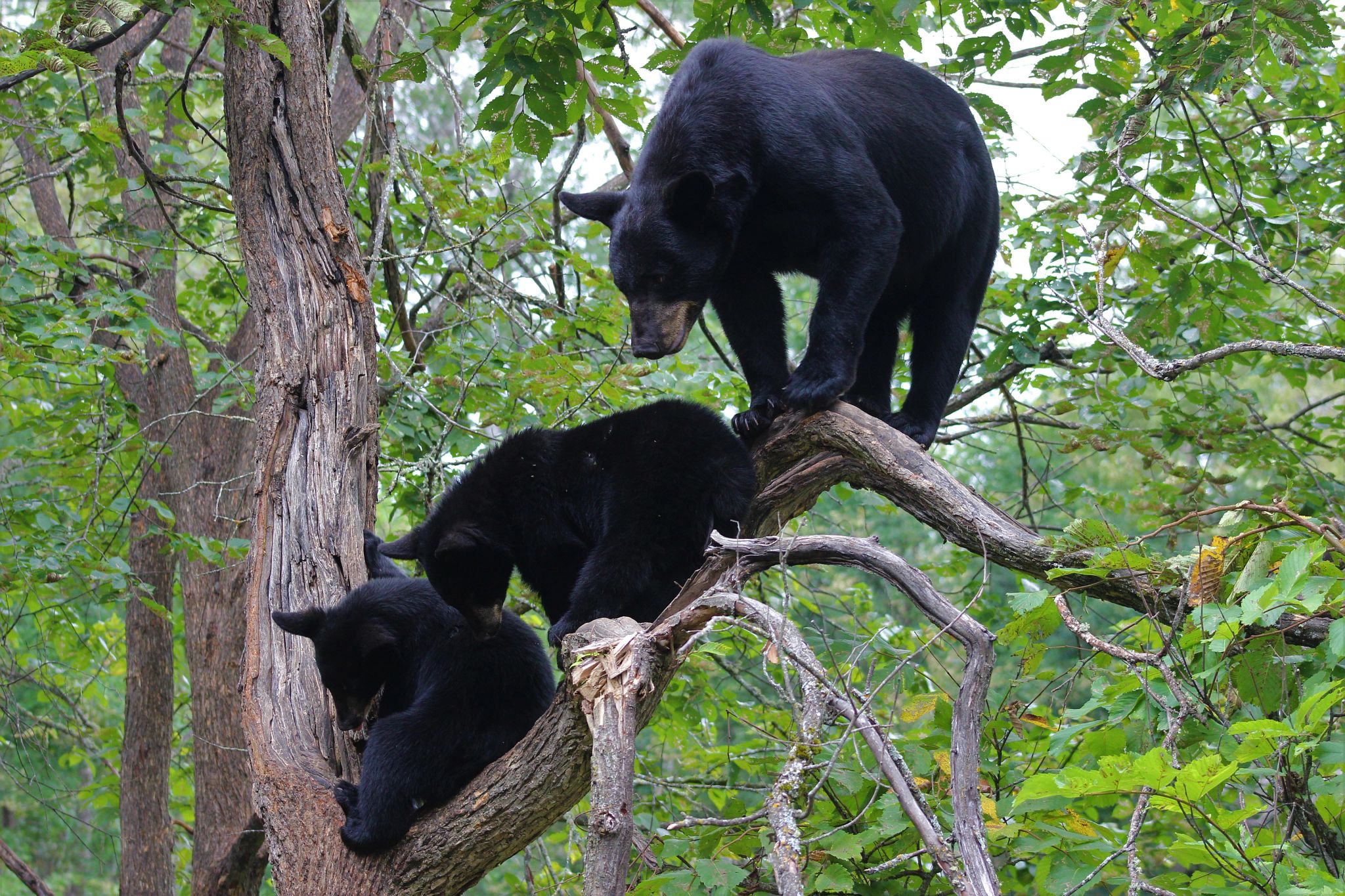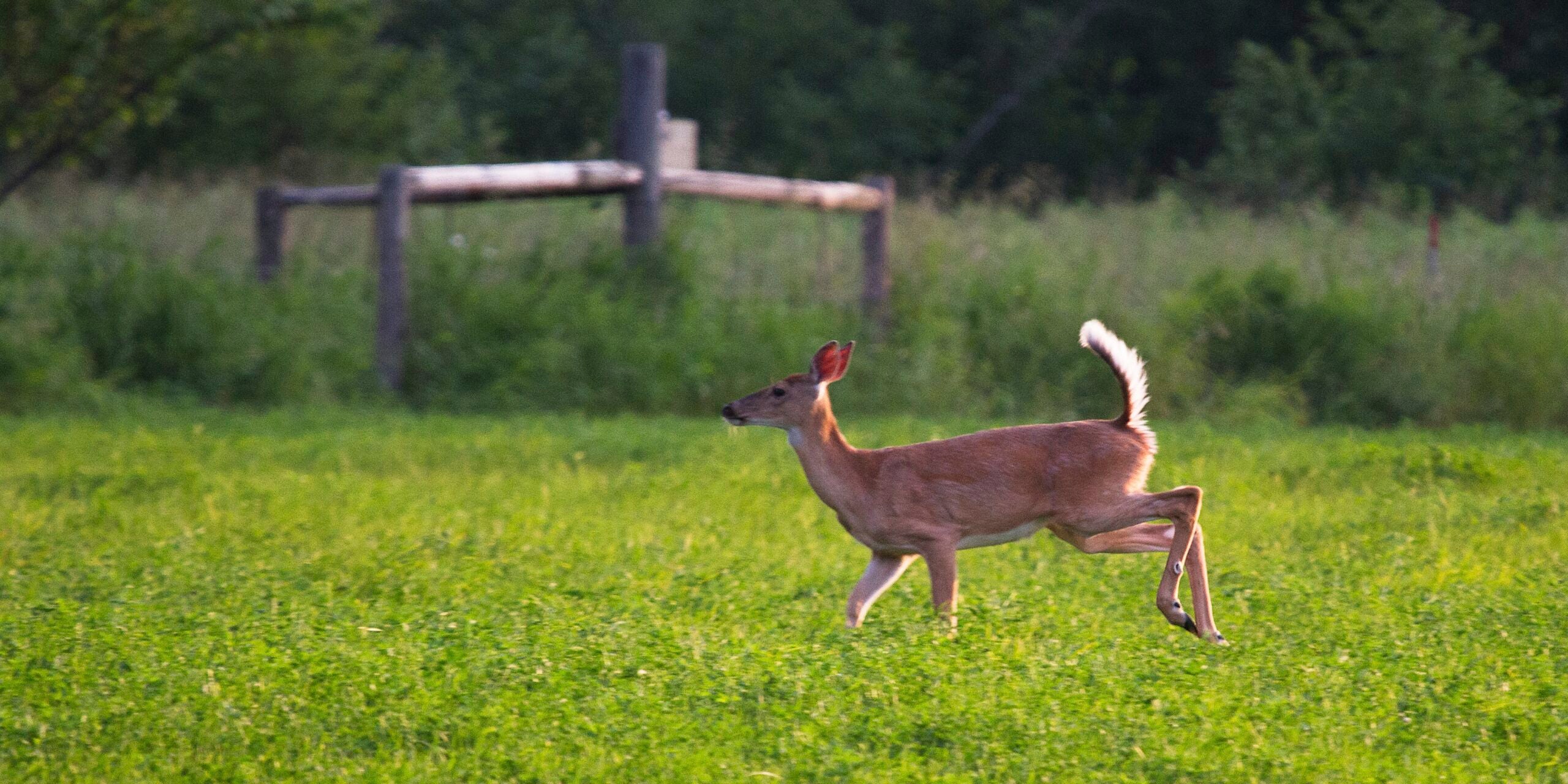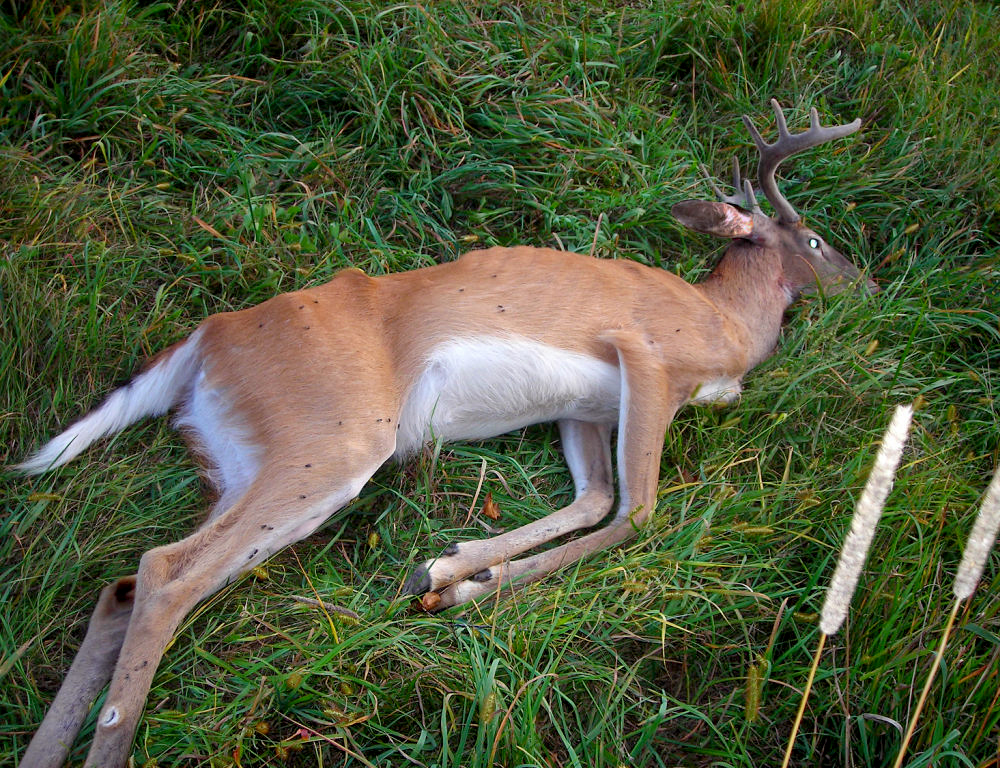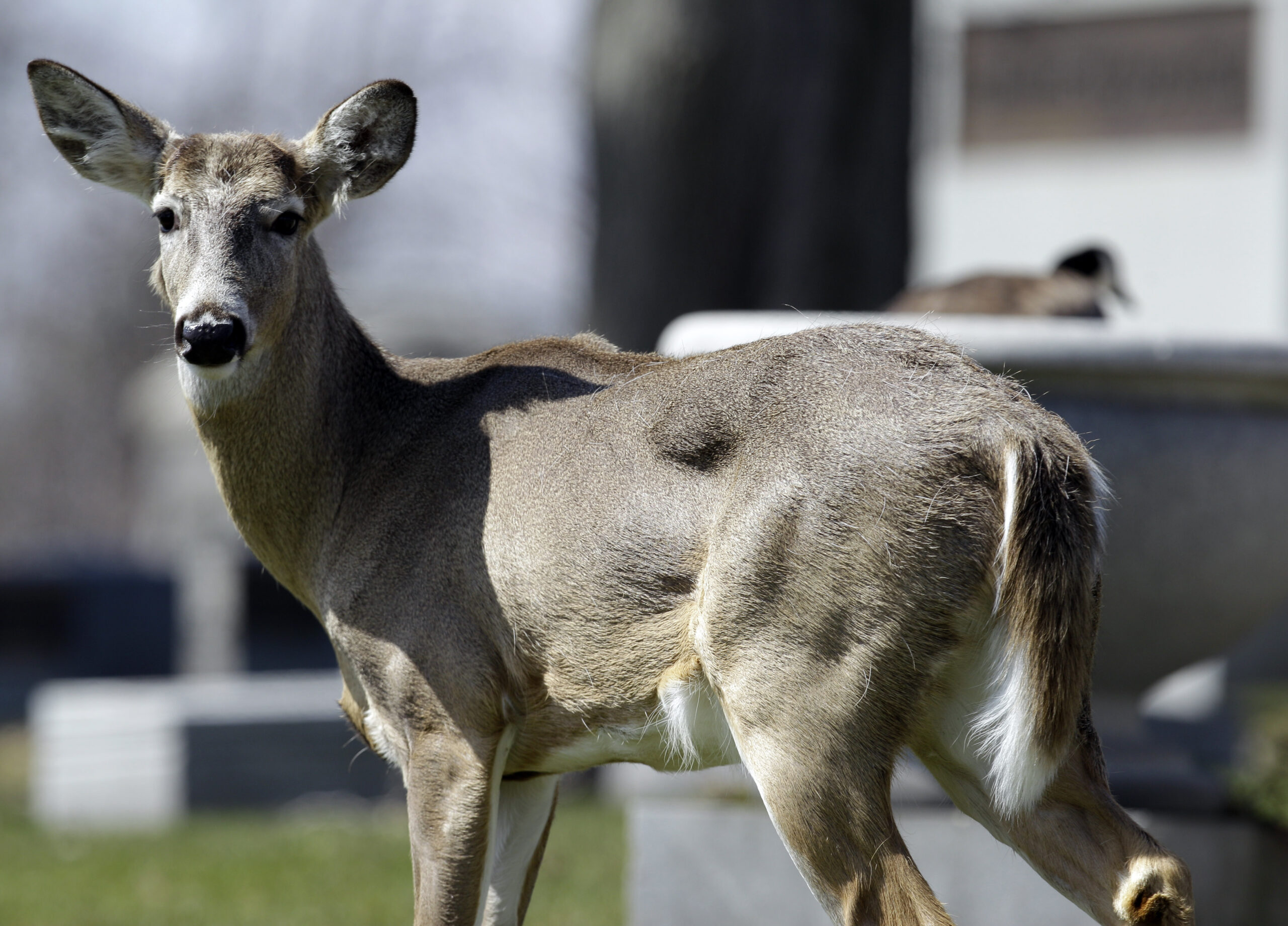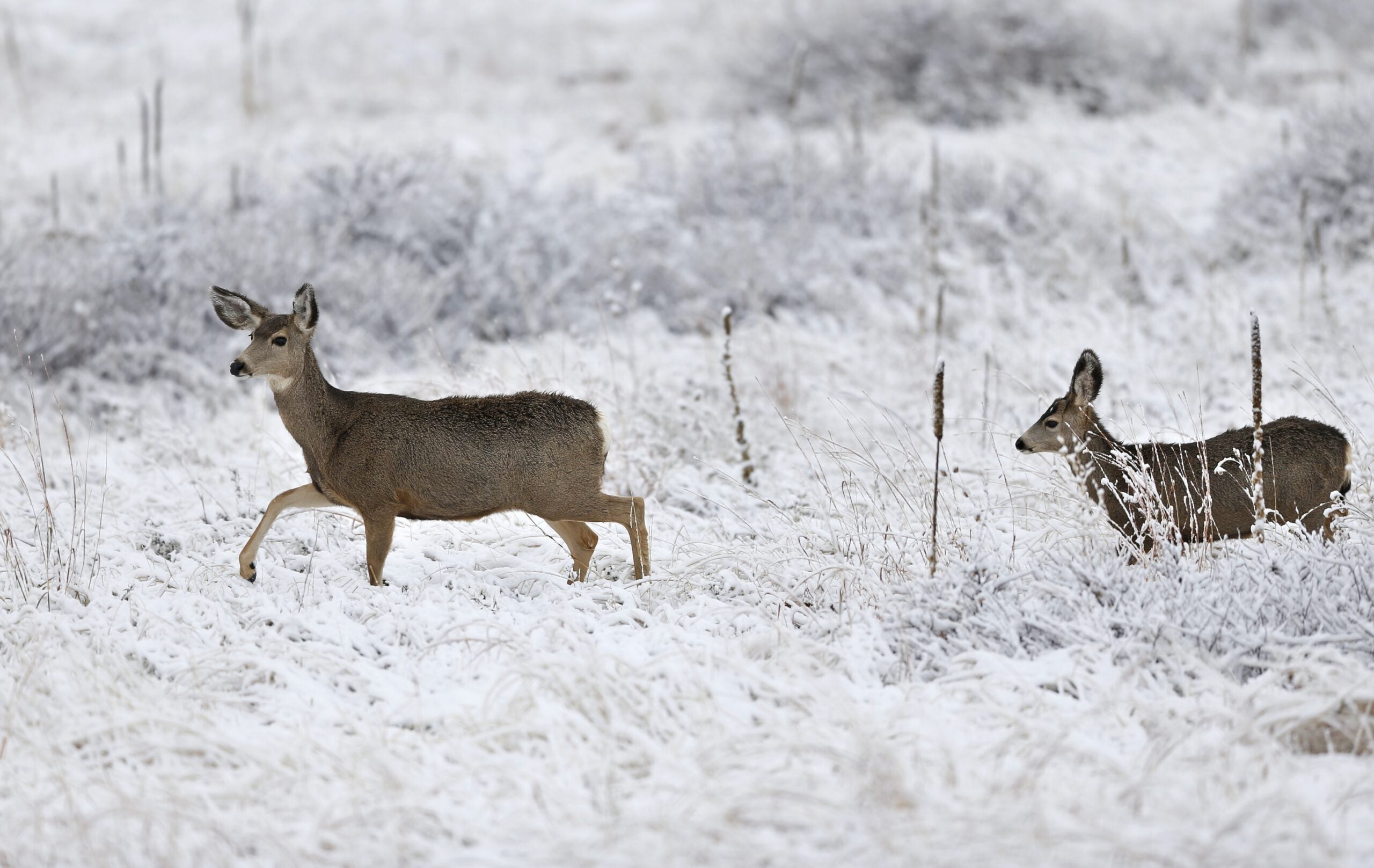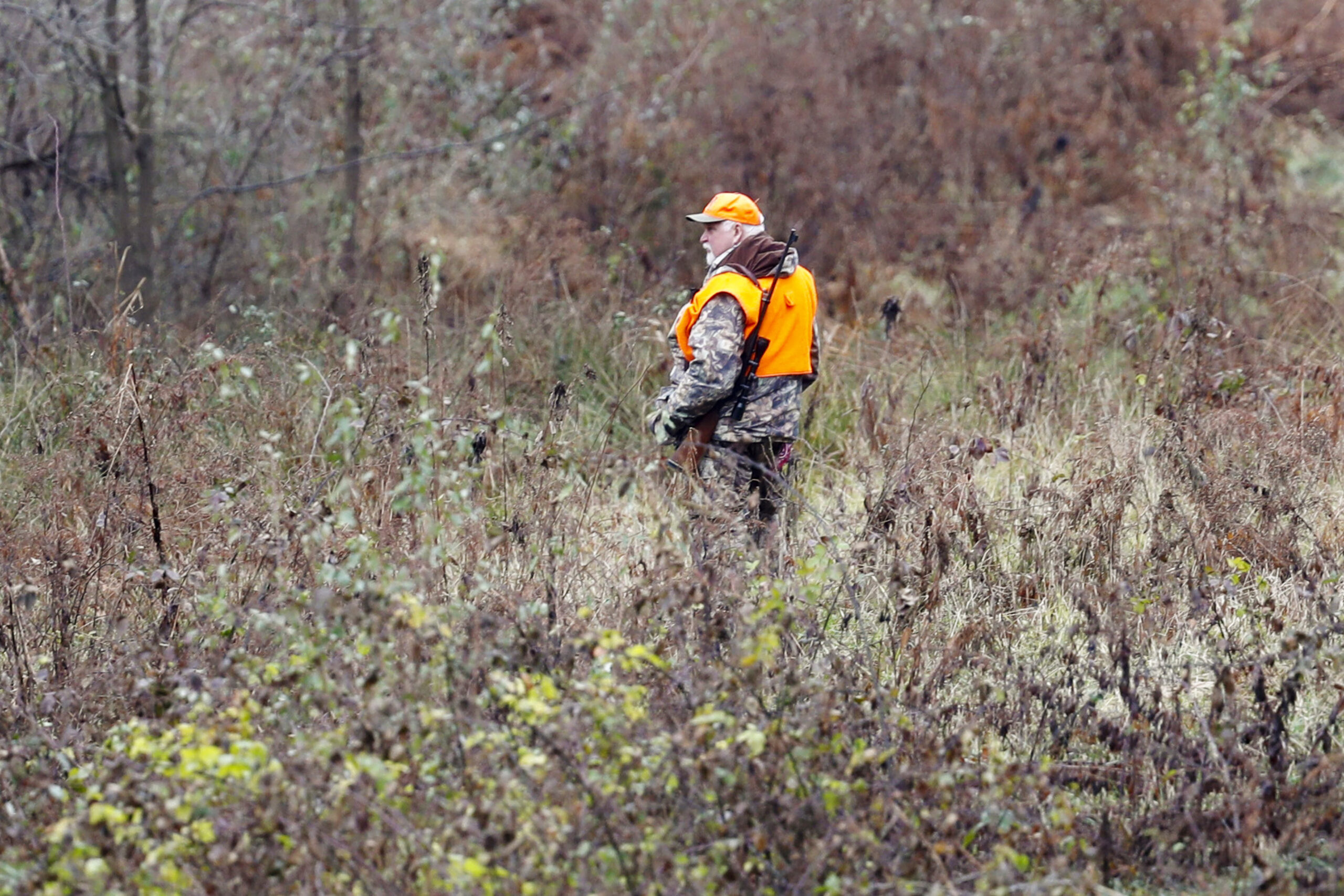Wisconsin bear hunters saw their lowest harvest in 15 years during the 2023 bear season, according to the Wisconsin Department of Natural Resources.
The DNR discussed the harvest results during a meeting of the agency’s bear advisory committee on Wednesday.
Hunters killed 3,005 bears this year, well shy of the agency’s quota that allowed a harvest of up to 4,575 bears.
Stay informed on the latest news
Sign up for WPR’s email newsletter.
That decline didn’t come because there was a declining interest in bear hunting — the DNR issued 12,760 licenses this year for the hunt that ran from Sept. 6 through Oct. 10. That was nearly 5 percent more licenses than were granted in 2022. And far more hunters were looking for licenses than were available. Tens of thousands of people apply for permission to hunt, with the tags granted through a lottery system.
So what led to the sharp decline in bears killed?
DNR Large Carnivore Specialist Randy Johnson pointed to a high crop of acorns as the culprit.
“Everybody I talked to said the same thing — tons and tons of acorns this year,” Johnson said.
Bear hunters typically use bait to draw their quarry, often using piles of stale donuts, fruit or expired chicken nuggets. With bears finding a big crop of one of their natural sources of food this year, hunters had less luck drawing in animals with junk food. Johnson said the state’s bear harvest was down 27 percent from last year and 24 percent below the five-year average, adding Minnesota saw a similar decline.
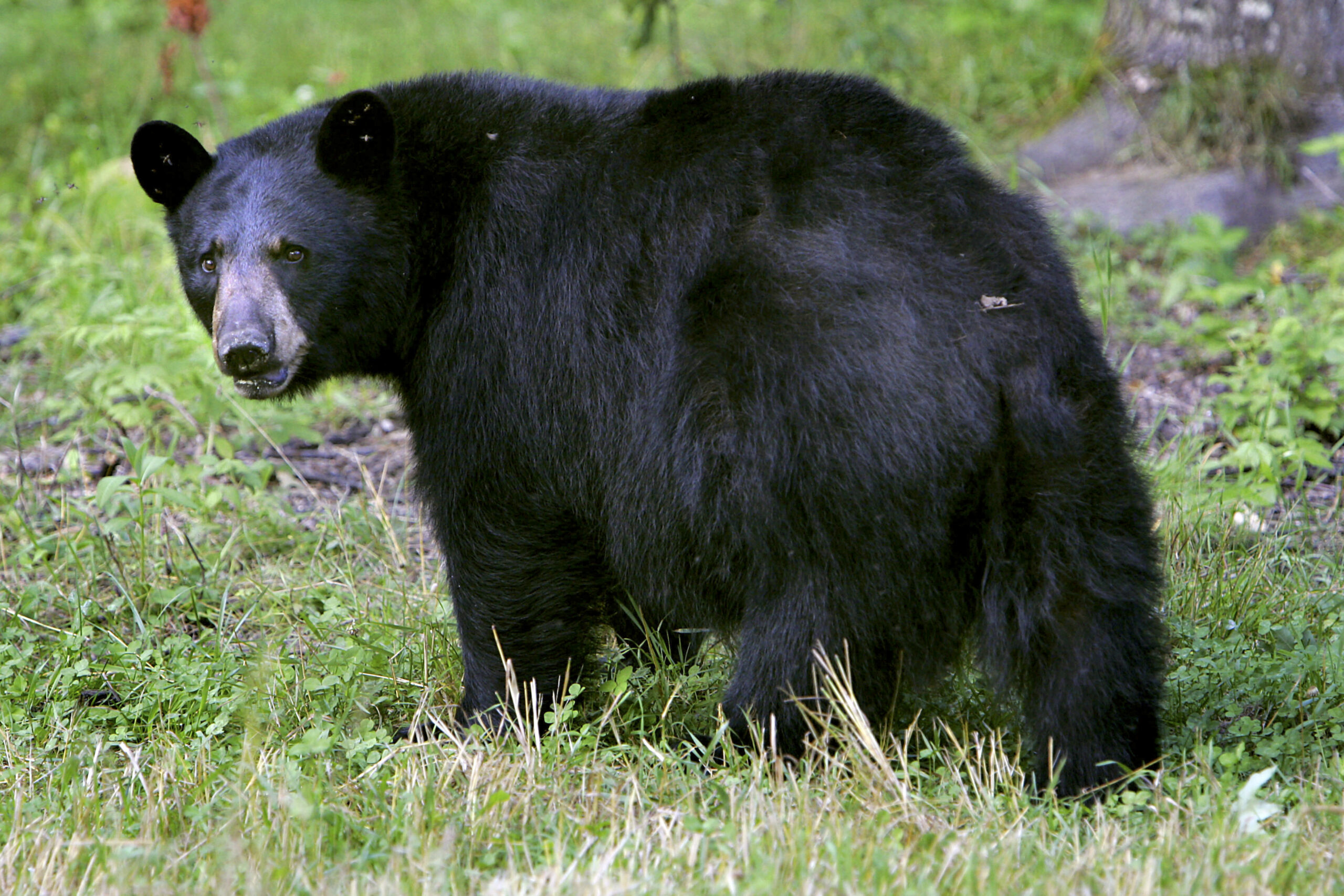
The reduced harvest comes as the agency received a record high 137,649 applications from hunters, who applied either for a license or for a “preference point” that makes them eligible for future license drawings. Kill tags for bear hunters are awarded through a preference point lottery system, and hunters have to be a winner in a drawing to obtain a license. If they’re not selected, hunters can accumulate points that can increase their chances of obtaining a tag in the next drawing.
“The number of people buying points, presumably stockpiling for the future, continues to go up,” Johnson said. “That’s what’s really driving that (record high).”
Johnson said hunters have experienced wait times as long as nine to 12 years to obtain a license in some northern bear management zones. That’s where hunters had the most success this year. Even so, he said issuing more tags would likely reduce success rates even further for bear hunters.
Miles Falck, a wildlife biologist with the Great Lakes Indian Fish and Wildlife Commission, said tribal hunters also saw a reduced harvest on off-reservation lands with 30 bears taken.
“Tribal harvest was down about 25 percent this year,” Falck said.
The DNR estimates Wisconsin has about 26,000 bears statewide, which is nearly three times the state’s population in 1989. The animal covers more than half of the state, particularly in northern and central Wisconsin. Bears have been steadily expanding into southern Wisconsin.
State-licensed hunters typically kill around 4,000 bears each year. The DNR divides the state into six bear management zones and sets quotas within the zones based on the abundance of the bear population.
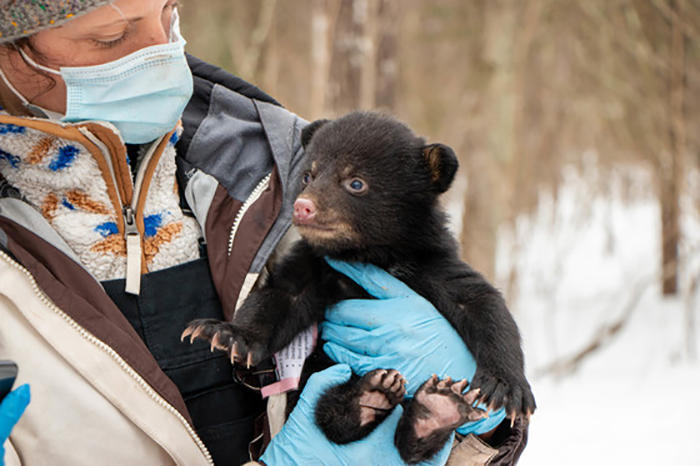
DNR continues work on bear research
The agency is continuing work on a multi-year bear reproduction and diet study. As part of that, the DNR has asked the public to help researchers locate bear dens.
The study began in early 2022 and will provide new estimates of reproductive rates for black bears in each of the state’s management zones. The goal is to improve the accuracy of the agency’s population models, and reproductive rates are an important factor in obtaining reliable projections.
When dens are located, DNR staff use a drug to immobilize the sows and monitor their health. The agency collects teeth and hair samples, and fits them with a collar. Jen Price Tack, the DNR’s large carnivore and elk research scientist, said the agency’s goal is to collar 100 bears. The collars help the agency locate sows in the coming years and learn more about what they’re eating.
“Unfortunately, we only have about six collars,” Price Tack said. “It was kind of a perfect storm this year. There are things out of our control. We had several collar failures. The hardware itself actually failed. We had a couple slipped collars, and we had several harvested bears as well this year.”
Price Tack said hair and teeth samples have been sent to the University of Wisconsin-Madison for analysis and she expects results will become available soon.
Wisconsin Public Radio, © Copyright 2024, Board of Regents of the University of Wisconsin System and Wisconsin Educational Communications Board.
